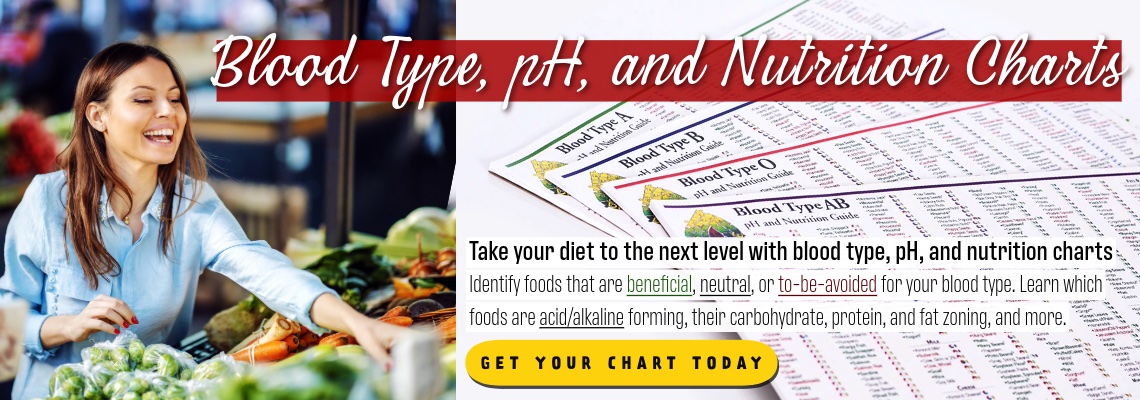
Recently, I went on a trip to Missouri with my wife. On the way we drove past endless miles of cornfields. And it is no wonder; developed by the native people of this land, corn has spread all over the world to become a major food crop, providing food for millions of people and feed for livestock. Corn is also a really unique plant with some useful healing properties.
The Amazing Maize
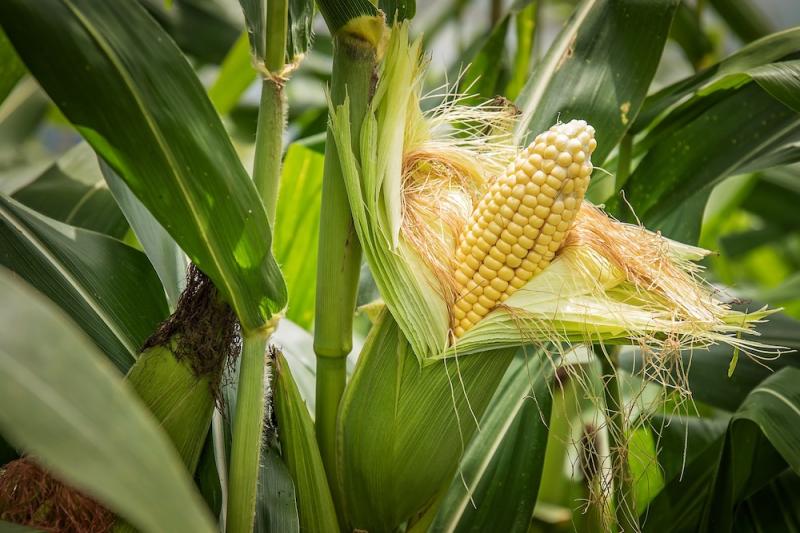 Corn, also known as maize, is a pretty interesting plant in the grass family. It has been so modified by cultivation that it barely resembles the original plant and is unable to reproduce on its own. The corn seeds are so tightly held in the ear by the husks, that they have to be harvested and replanted by people.
Corn, also known as maize, is a pretty interesting plant in the grass family. It has been so modified by cultivation that it barely resembles the original plant and is unable to reproduce on its own. The corn seeds are so tightly held in the ear by the husks, that they have to be harvested and replanted by people.
Here in the Southwestern United States, it was one of the “three sisters,” which were grown as staple foods of the people in this region. The three sisters are corn, beans, and squash, which were planted together in small hills. The corn grew tall and provided a pole for the beans to climb. The beans, as nitrogen fixers, helped supply nitrogen to the corn, which is a heavy nitrogen user. The squash grew around the base, providing shade to reduce water loss, and acting as a natural alternative to mulch.
The corn varieties most of us are familiar with are the yellow or whitish sweet corn on the cob or the harder, starchy corn used for popcorn. However, the Indigenous Americans developed numerous varieties of corn that come in many colors, including red, purple, blue, green, and mixtures of various colors.
Corn as Food
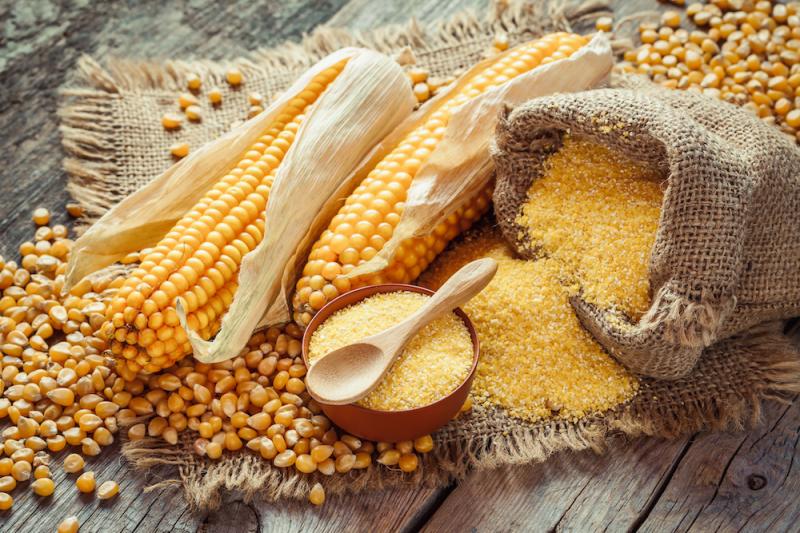 In spite of the fact that corn was a staple of Native American diets, it has become problematic as a food in modern times. Like wheat, many people have an intolerance for corn, if not an outright allergy to it. I believe there are two reasons for this. First, we don’t prepare corn for consumption properly. Native Americans did not grind and eat raw corn. They soaked the corn in water containing ashes or lime, then allowed it to dry again before grinding it and eating it.
In spite of the fact that corn was a staple of Native American diets, it has become problematic as a food in modern times. Like wheat, many people have an intolerance for corn, if not an outright allergy to it. I believe there are two reasons for this. First, we don’t prepare corn for consumption properly. Native Americans did not grind and eat raw corn. They soaked the corn in water containing ashes or lime, then allowed it to dry again before grinding it and eating it.
Like other true grains in the grass family, grains contain compounds that inhibit enzyme activity. This is what allows the seed to remain dormant until it sprouts. When you grind corn or other grains and consume them, they can interfere with your digestion and absorption of minerals, and in the case of corn, B vitamins. The soaking deactivates these compounds allowing you to get the full nutritional value from the grain.
After learning this I started making cornmeal (or oat groat) cereal for breakfast by putting the grain in the water the night before. The next morning I’d just add a little salt and cook it in the soaking water. Not only did it cook quickly, just a couple of minutes, but I found it easier to digest. Unfortunately, most corn products, such as corn chips, aren’t prepared this way, which is why I think they cause many people problems.
The second reason corn can be a problem is the hybridization of corn to make it Round-Up ready. This allows this genetically modified corn to be heavily sprayed with glyphosates, which destroy friendly gut flora and cause digestive problems. In fact, I believe I can trace the time I started having problems eating grains to the time this GMO corn started to appear in the marketplace. So, if you’re going to eat corn make sure it’s organic.
Corn as Medicine
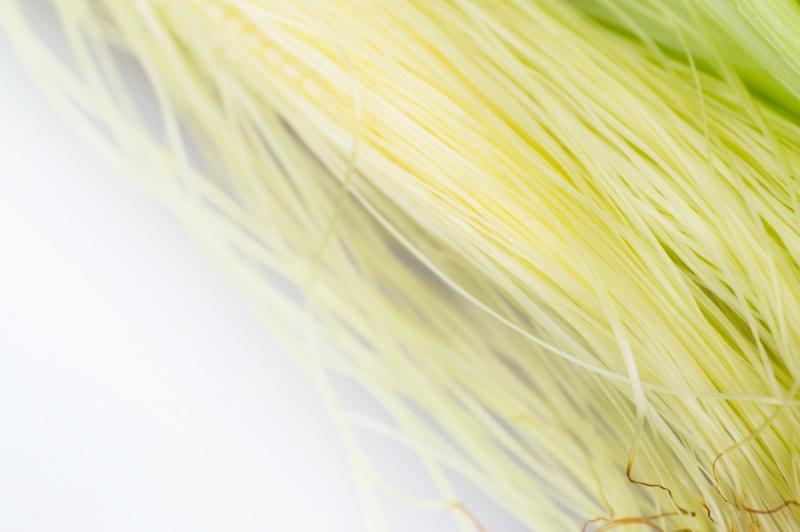 Not only is corn a valuable food crop but it can also be used for medicine. The most commonly used part is the corn silk, which is the silky tassels found inside the corn husk. Because it sticks out from the tip of an ear of corn like a beard, cornsilk is known as "corn beard" in China.
Not only is corn a valuable food crop but it can also be used for medicine. The most commonly used part is the corn silk, which is the silky tassels found inside the corn husk. Because it sticks out from the tip of an ear of corn like a beard, cornsilk is known as "corn beard" in China.
Cornsilk is primarily used as a remedy for the urinary tract. It is soothing to urinary inflammation and is helpful for burning, scaling, or painful urination due to nephritis and cystitis. It may help prevent kidney stones, too. Cornsilk can also be helpful for gout and rheumatism and has some beneficial effects on the liver. It can also have a modest hypotensive effect.
Joan Patten, a midwife friend of mine, shared with me an interesting use for corn. She took corn meal or corn grits and mixed it with water to make a thin gruel. She then put this in plastic bags and had people stick their feet in it. She claimed it pulled toxins out of their bodies through the feet. She said the cornmeal mush would even become hot from the toxins being released. I'd guess that it is sort of equivalent to one of those ionic foot baths except you’re sticking the feet in cornmeal mush. Now, that’s an interesting use for corn.
Corn as an Emotional Remedy
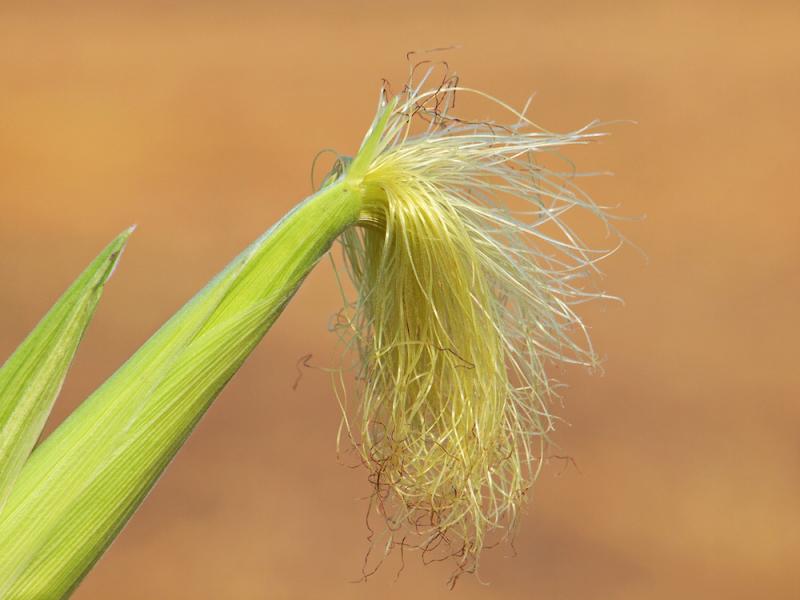 FES Services also makes a flower essence of corn. The flower is the small, immature ear of corn. It’s a remedy for people who are ungrounded, disconnected from the reality of nature. This is generally true of people living in urban environments where everything around them is artificial. I think there is merit to this and want to share two insights into the nature of corn related to this.
FES Services also makes a flower essence of corn. The flower is the small, immature ear of corn. It’s a remedy for people who are ungrounded, disconnected from the reality of nature. This is generally true of people living in urban environments where everything around them is artificial. I think there is merit to this and want to share two insights into the nature of corn related to this.
Grounded in Gardening
First Edward Milo Millet taught me that there was a tradition in some native tribes that everyone needed to participate in planting the corn and beans in the spring and harvesting them in the fall. Not only was everyone supposed to participate, but they’d even stop wars to do this. The tradition was that if you didn’t participate in the planting and harvest you would go insane.
I think there is truth in this idea. Gardening is a very grounding activity that really puts you in touch with what’s real and important. Without connecting to nature in this way, we live too much up in the world of our heads. Our ideas can become ungrounded and impractical. Growing food teaches you a lot. It helps you understand nature as both an ally and an adversary. It counteracts the idealized, picturesque, and cartoonish ideas about nature when you have to battle weeds, insects, and animal pests to grow your food.
Where I used to live in Leeds, I had wild rabbits eating my plants, gophers destroying many plants, deer killing some fruit trees I planted, and birds eating the fruit on my trees. That’s in addition to fighting weeds and insects. Harvesting produce from the grocery shelves doesn’t give you any idea of the hard labor involved in producing that food and learning that it takes work to produce anything of value is an important life lesson.
Does It Grow Corn?
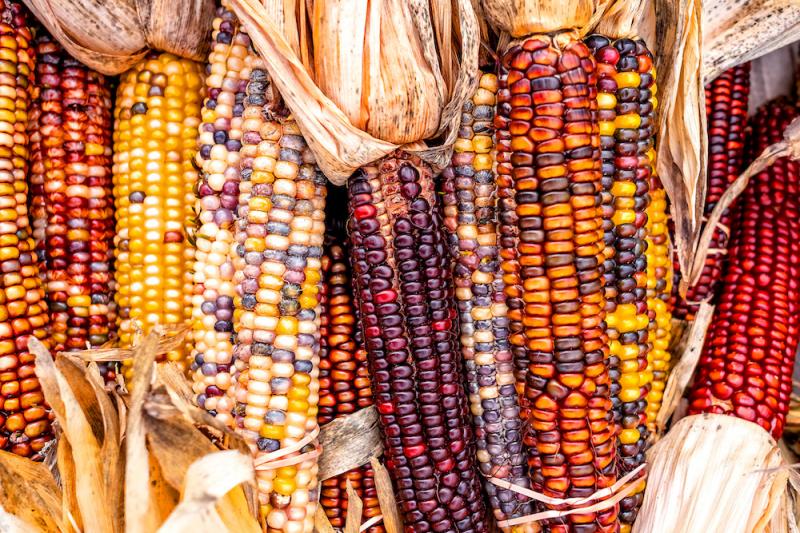 And that’s where the second idea about corn fits in. One of my friends who had studied with some Native Americans said they often asked, “Does it grow corn?” meaning is this idea practical? When we don’t “grow corn” the ideas we have can become very impractical and ungrounded.
And that’s where the second idea about corn fits in. One of my friends who had studied with some Native Americans said they often asked, “Does it grow corn?” meaning is this idea practical? When we don’t “grow corn” the ideas we have can become very impractical and ungrounded.
So, the corn plant reminds us that imagination alone isn’t going to magically create what we want. The idea that thinking by itself will create everything we want is a very ungrounded idea. Corn won’t grow if you don’t plant it. Our ideas won’t bear fruit unless we work on them. Positive thoughts are just preparing the soil to let that seed be planted. You still have to take action by working to plant the seed and nurturing it with your labor.
With all the crazy, ungrounded, unrealistic thinking I see in the world, I think a lot of people would benefit from grounding their thinking in the reality of nature. Maybe as a society, we are going collectively insane because we’re not "planting our corn" which is robbing us of our ability to appreciate all the labor it takes to provide us with the food, clothing, and shelter necessary to sustain a comfortable life. So, if find yourself ungrounded, your ideas failing to take root then taking a flower essence of corn might just help.
Steven's Articles
October
-

-
Understanding Caffeine & Cellular Adaptation
Preserving the power of caffeine's buzz and the…
September
-

-
Horseradish
A pungent spice for aiding protein metabolism…
-

-
Banaba or Crepe Myrtle
A beautiful tree from Southeast Asia whose leaves…
August
-

-
Monkeyflowers
Flower essences to help see ourselves more clearly…
-

-
Mariposa Lilies
Strengthening the bond between mother and child…
-

-
The Noble Bay Leaf
A common kitchen herb for aiding digestion and…
-

-
Epimedium: Horny Goat Weed
A circulatory stimulant and kidney yang tonic…
July
-

-
The Medicinal and Nutritional Benefits of Apricots
A nutritious fruit and valuable medicinal seed for coughs
-

-
Dogwoods
Asian dogwood is used to stop excessive discharge,…
June
-

-
Neem: The Village Pharmacy
A popular Ayurvedic remedy for dental and immune…
-

-
Spilanthes: The Toothache Plant
A traditional remedy for teeth and gums, as well…
-

-
Forsythia
An anti-inflammatory, fever-reducing, and infection fighting herb
May
-

-
Buckwheat (Kashi)
A delicious, high protein, gluten-free, gut-healthy food
-

-
Leaky Gut Syndrome
Plugging the leaks on the underlying cause of…
-

-
Storksbill
An edible, medicinal, weedy herb, helpful for…

